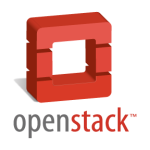CentOS 7 Installation with LVM RAID 1 – Mirroring
![]()
CentOS 7 may offer us a possibility of automatic RAID configuration in Anaconda installer, that is during OS installation, once it detects more than one physical device attached to the computer. Mentioned RAID is generally the LVM-RAID setup, based on well known mdadm – Linux Software RAID. It’s a pretty convenient solution, since we don’t need to setup RAID manually after installation, on already running system.
The below procedure presents CentOS 7 testing installation with LVM RAID 1 (Mirroring) on KVM based Virtual Machine with two attached 20GB virtual disks.
Read More


